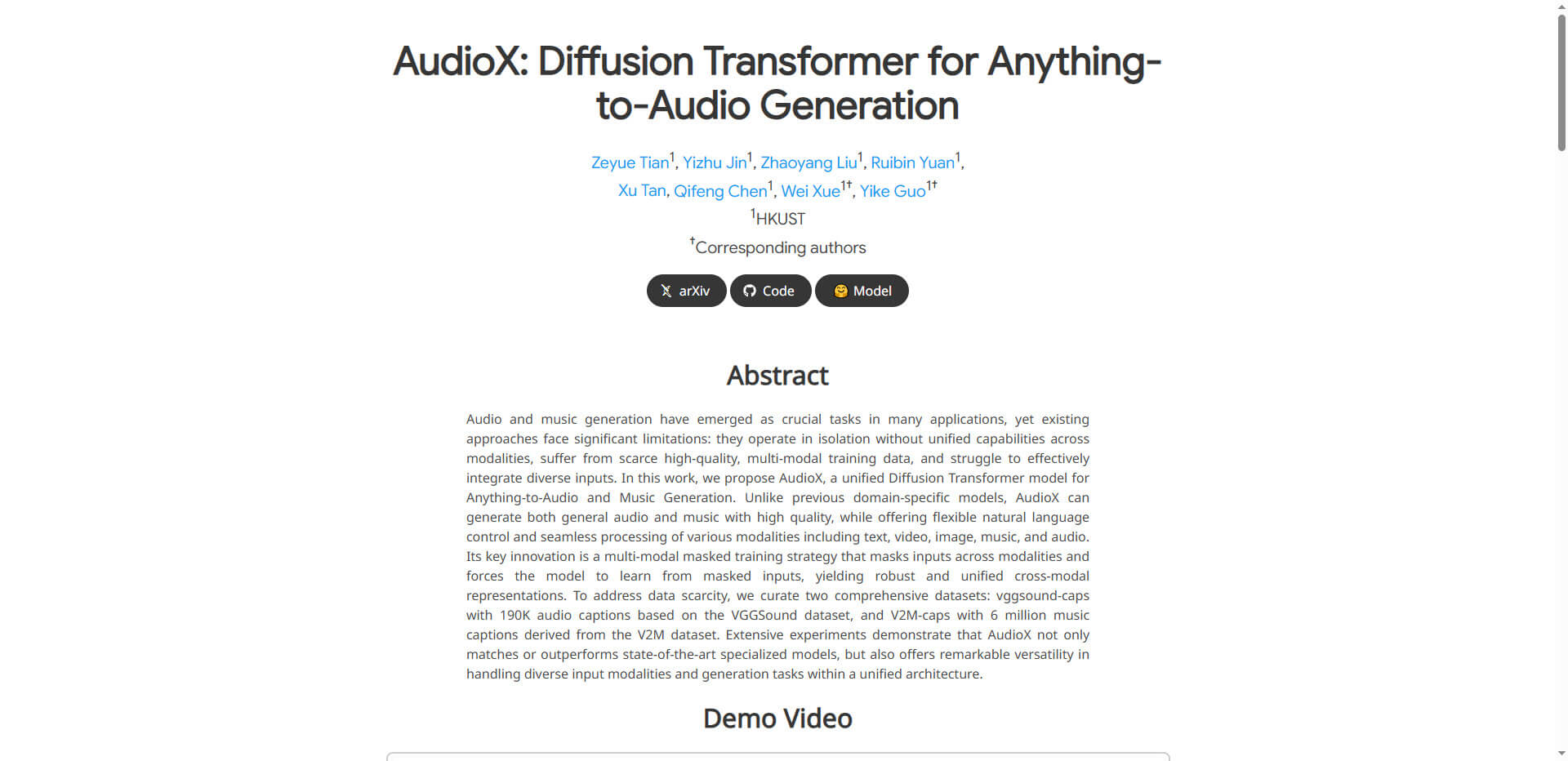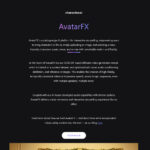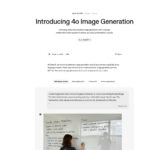The boundaries between different media are becoming increasingly blurred thanks to groundbreaking AI models. The new AudioX diffusion transformer model sets new standards in the creation of sound from almost any input source.
AudioX represents a significant advance in generative AI technology as it is the first model that can process text, video, images and existing audio data as input to create high-quality sounds and music. The developers have implemented a novel multimodal masking strategy that allows the model to make robust connections between different media types. This technique selectively hides parts of the input data during training, forcing the model to infer missing information from the available modalities.
Two large data sets were used for training: VGGSound caps with 190,000 audio recordings and associated natural language descriptions and V2M caps with 6 million pieces of music annotated with detailed metadata. This database enables AudioX to generate contextually appropriate soundscapes for a wide variety of inputs.
Versatile application possibilities
In performance tests, AudioX outperforms specialized models in various areas. In text-to-audio synthesis, the model achieves an inception score of 4.32 compared to 3.89 for AudioLDM and 3.75 for Make-An-Audio, indicating a higher sound quality and variety. Particularly impressive is the ability to create synchronized sound effects from silent video sequences that harmonize perfectly with visual events.
AudioX also demonstrates remarkable capabilities in the field of music composition. The system can generate suitable melodies from text descriptions or video recordings of musicians that pick up on the tonality and rhythm of the scene shown. The style transfer option also allows existing pieces of music to be transferred to different genres or instrumentations.
Future prospects and fields of application
- Unified architecture for different audio generation tasks, eliminating the need for separate specialized models
- Superior performance in terms of sound quality, versatility and cross-modality coherence
- Efficient resource utilization despite complexity, with operability on GPUs with only 8GB VRAM
- Wide range of applications from film production to accessibility tools and interactive entertainment
- Integration potential with related technologies such as UniForm for joint audio-video generation
Source: GitHub







